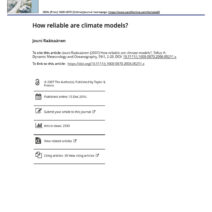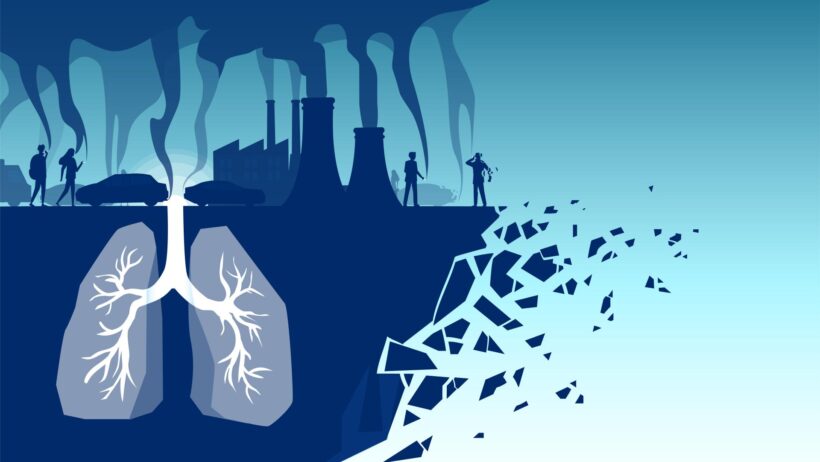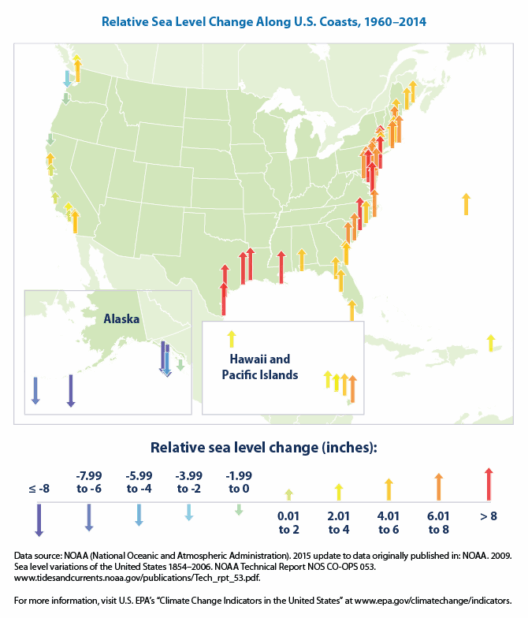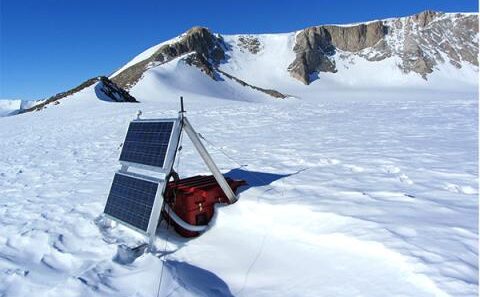Global warming, a pressing reality of the 21st century, intertwines intriguingly with the issue of air pollution. As temperatures rise due to anthropogenic emissions, the consequences reverberate throughout atmospheric systems, exacerbating the deleterious effects of air contaminants on public health and the environment. This multifaceted relationship necessitates a thorough exploration, delving into types of air pollution, their sources, and the consequential implications of climate change.
Air pollution manifests prominently in various forms, each with distinct origins and repercussions. Primary pollutants, such as particulate matter (PM), sulfur dioxide (SO2), and nitrogen oxides (NOx), are emitted directly from anthropogenic activities. These originate predominantly from vehicle exhaust, industrial discharges, and combustion processes. Secondary pollutants are generated through chemical reactions in the atmosphere, often exacerbated by increased temperatures and sunlight. Ozone (O3) at ground level exemplifies a hazardous secondary pollutant, formed when sunlight interacts with NOx and volatile organic compounds (VOCs). The augmentation of these pollutants under higher temperatures poses a direct threat to human respiratory health.
The correlation between rising global temperatures and the incidence of ground-level ozone is particularly alarming. Elevated temperatures can increase the rates of ozone formation, resulting in more frequent and severe smog events. This is particularly problematic for urban areas, where densely populated regions often experience a conglomeration of vehicle emissions and industrial activity. Vulnerable populations, including children, the elderly, and individuals with pre-existing health conditions, face heightened risks of respiratory ailments, exacerbating the public health crisis.
Furthermore, climate change contributes to the enhanced frequency and intensity of weather events such as hurricanes, droughts, and wildfires. These phenomena in turn affect air quality. For instance, wildfires release copious amounts of particulate matter and toxic compounds into the atmosphere, which can travel vast distances, impacting air quality far from the fire’s source. Research indicates that smoke from wildfires can exacerbate asthma and other respiratory diseases, underscoring the cascading effect of climate-driven natural disasters on air pollution levels.
A significant contributor to air pollution is the reliance on fossil fuels. The combustion of coal, oil, and gas has been the heartbeat of industrial growth, yet this dependence generates a substantial portion of greenhouse gas emissions and pollutants. One of the most insidious byproducts of burning fossil fuels is black carbon, a component of particulate matter that not only affects air quality but also accelerates glacial melt and contributes to climate warming. As black carbon settles on ice surfaces, it diminishes their reflectivity, leading to increased absorption of sunlight and accelerated melting, further enhancing global warming.
Addressing the nexus between global warming and air pollution necessitates comprehensive policy initiatives and innovative technological solutions. Transitioning to renewable energy sources, such as wind, solar, and hydroelectric power, can substantially diminish reliance on fossil fuels and reduce emissions. Additionally, enhancing energy efficiency in industries and transportation systems can curtail pollutant output while simultaneously combating climate change. Policies that promote public transportation, cycling, and electric vehicles can drastically reduce vehicular emissions, contributing positively to air quality.
Moreover, cultivating urban green spaces plays a pivotal role in combating both air pollution and the effects of climate change. Vegetation acts as a natural filter, capturing airborne particulates and absorbing carbon dioxide. Green roofs, urban forests, and parks can mitigate urban heat islands, further ameliorating temperatures. Such initiatives not only improve air quality but also enhance the overall livability of urban environments, promoting physical and mental well-being.
In addition to technological and infrastructural solutions, public awareness and education are crucial components in the fight against air pollution exacerbated by climate change. Advocacy for policies that prioritize air quality and climate action must be rooted in a well-informed citizenry. Engaging communities through educational campaigns can yield significant collective action, fostering a culture of sustainability and environmental stewardship that addresses both air pollution and climate change.
The juxtaposition of global warming and air pollution paints a dire picture of the current environmental crisis. As atmospheric conditions evolve under the duress of climate change, the persistence of air pollutants poses a formidable threat to both human health and ecological integrity. Mitigation strategies must encompass a holistic approach, addressing the myriad factors influencing air quality while concurrently tackling the drivers of climate change.
It is imperative to recognize that the fight against air pollution is inextricably linked to combating climate change. The solutions must be multi-faceted, involving a spectrum of stakeholders ranging from policymakers and scientists to everyday citizens. The dual challenge presents an opportunity for innovation, fostering resilient systems that prioritize both human health and the viability of our planet. The path forward requires bold action, unwavering commitment, and a collective resolve to ensure that future generations breathe clean, safe air in a stable climate.
In conclusion, the urgent call to action is clear: air pollution and climate change are not isolated issues but rather intertwined phenomena that demand comprehensive strategies and collaborative efforts. The air we breathe is a bellwether for our planet’s health; addressing this challenge may well be one of humanity’s most significant undertakings of our era.






